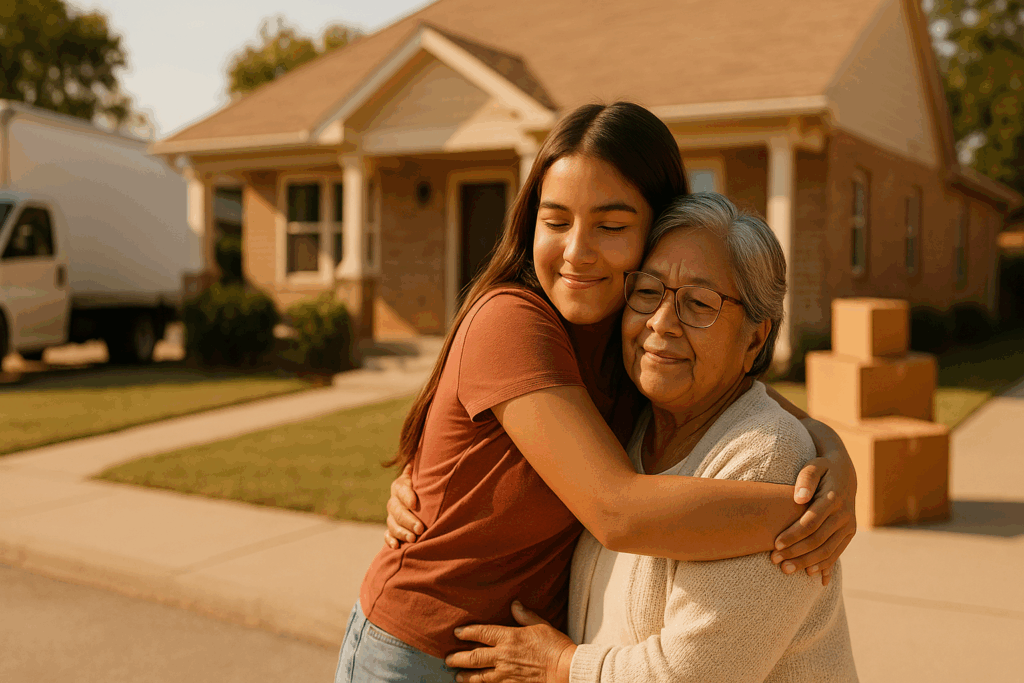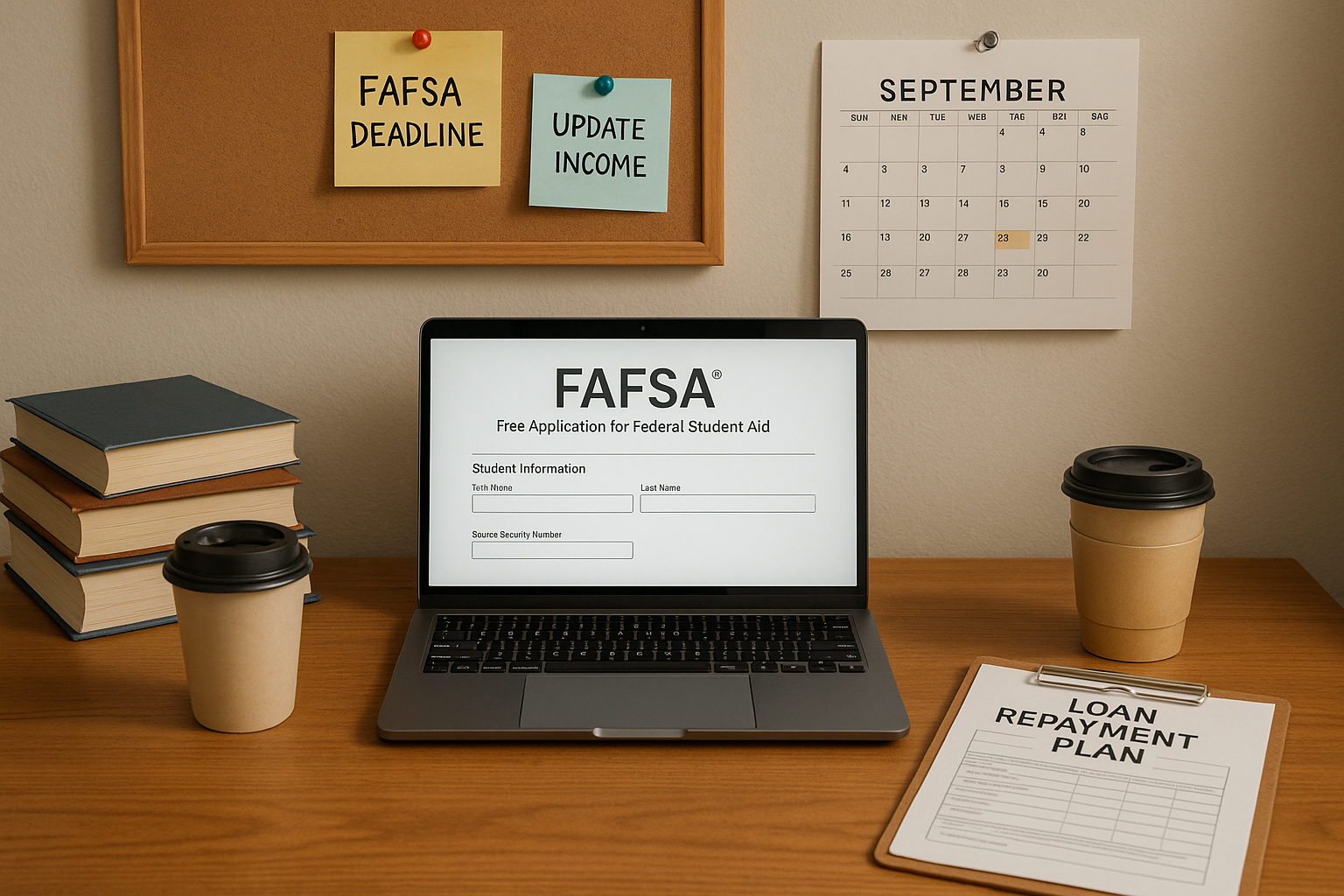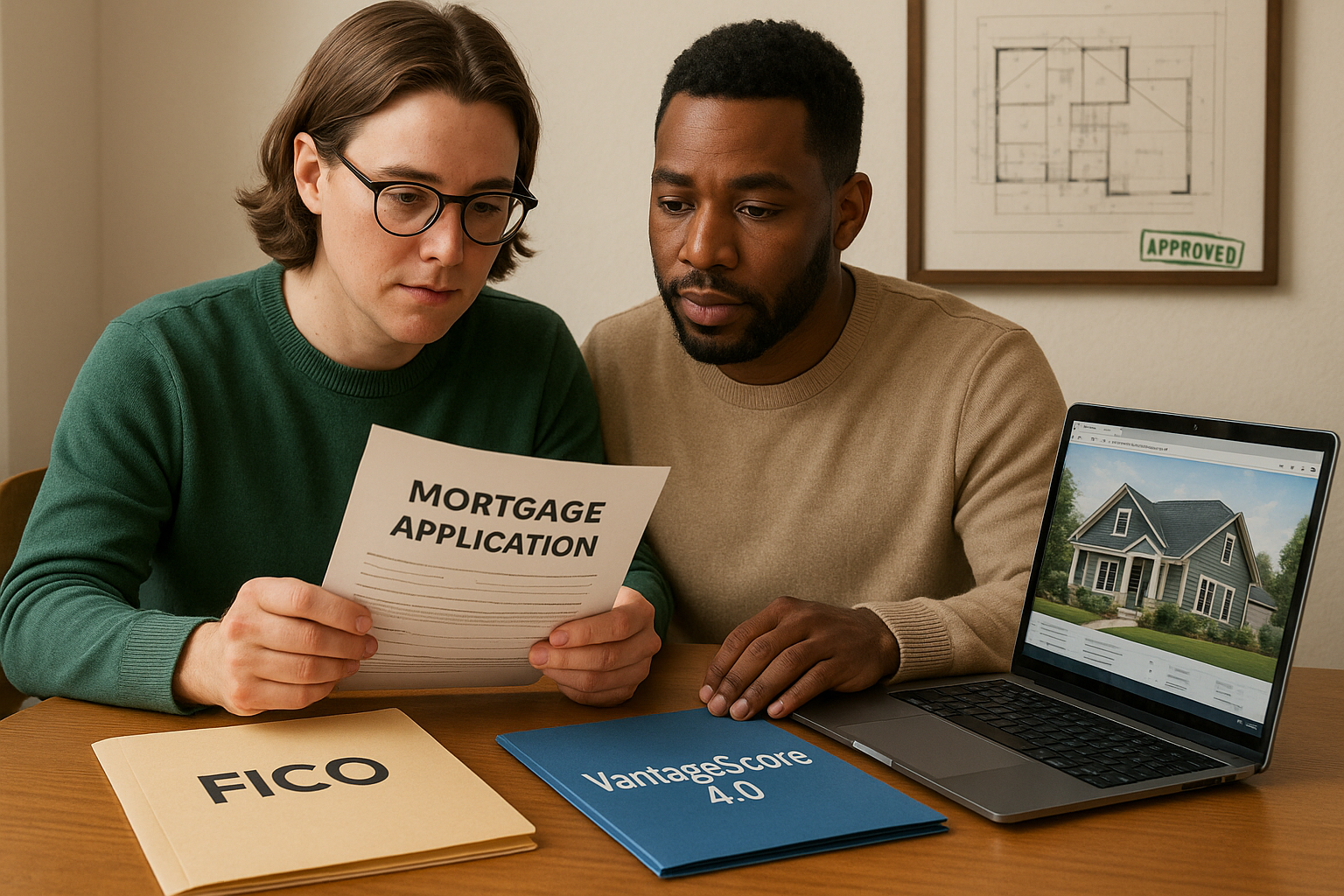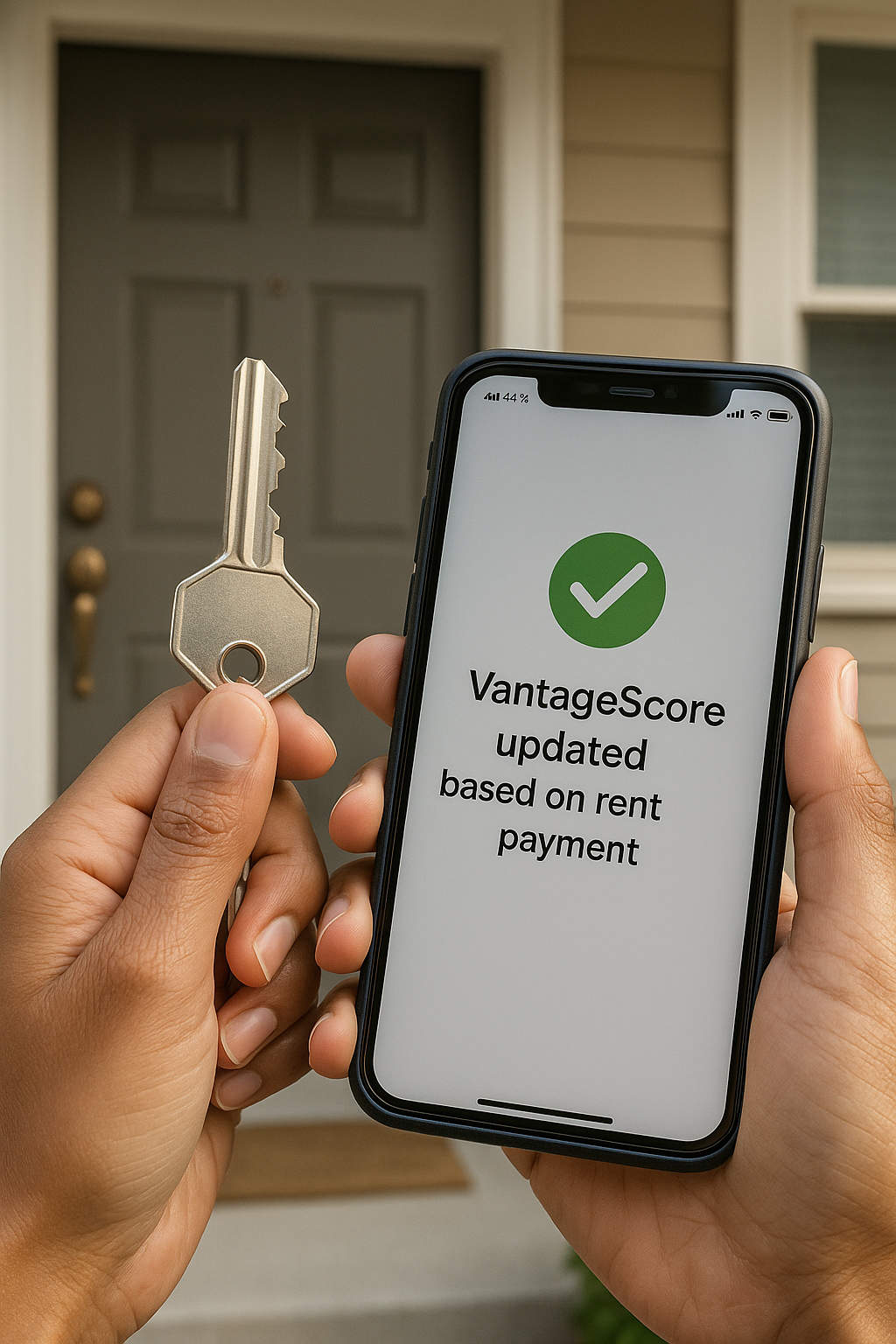
Smart Housing Moves for Young Latino Adults
We are emerging as a powerful force shaping this country’s future. According to the U.S. Latino Youth 2030 report by the Latino Donor Collaborative and Kantar, we represent 25% of the U.S. youth population and are distinguished by their entrepreneurial spirit, cultural pride, and strong ambition to succeed, often prioritizing business ownership and financial independence from an early age.
While you and many of our friends still live with their families, our generation is redefining what financial preparation looks like, blending cultural values with long-term planning.
For many Latino families, like ours, multigenerational living is common. Young adults often stay at home longer, contributing to household expenses or helping care for younger siblings and older relatives. But rather than viewing this as a delay in independence, many are using this time strategically to save more.
At Home with Mami, Cartera Feliz
For many of us, living at home offers a unique opportunity to reduce expenses and redirect income toward future goals. Without the burden of rent or utilities, it’s possible to build financial momentum, whether that means saving for a business, investing in education, or planning for a future home.
But before jumping into homeownership, it’s important to weigh the alternatives. Renting can offer flexibility, lower upfront costs, and fewer responsibilities. Buying a home, on the other hand, can build equity and long-term stability, but it also requires careful planning, a strong financial foundation, and a clear understanding of one’s long-term goals.
Rent or Buy? Cual es Mejor Pa’ Ti?
Here are a few key questions you should ask yourself before committing to either path:
- What’s my current income and how stable is it?
- Do I plan to stay in this city for the next 5–10 years?
- Can I afford the upfront costs of buying (down payment, closing fees, maintenance)?
- Would renting allow me to save more aggressively or invest in other priorities?
Los Homeownership Costs Que Nadie Te Cuenta
Buying a home in the U.S. is a major financial commitment, and it goes far beyond the monthly mortgage. Here are the key costs to consider:
- Down payment: Typically ranges from 3.5% to 20% of the home’s purchase price
- Closing costs: Includes fees for appraisal, inspection, title insurance, and legal paperwork
- Maintenance & repairs: Ongoing upkeep like plumbing, roofing, appliances, and landscaping
- Utilities: Electricity, water, gas, internet, and trash services
- Property taxes: Varies by location, often paid annually or rolled into the mortgage
- Homeowners insurance: Required by lenders, protects against damage or theft
- HOA fees (if applicable): Monthly fees for shared amenities or community upkeep
- Private Mortgage Insurance (PMI): Required if the down payment is less than 20%
- Unexpected expenses: Emergency repairs, upgrades, or replacements.
These costs can add up quickly, so it’s essential to budget realistically and assess whether buying is the right move or if renting might offer more flexibility and fewer responsibilities at this stage of life.
Building “Mi Casita” Fund
For those who do choose to pursue homeownership, starting a savings fund early doesn’t require a high salary, but consistency and intention. Common strategies include:
- Setting monthly savings goals, even if modest (e.g., $100–$200/month)
- Opening high-yield savings accounts dedicated to home savings
- Automating transfers to avoid paying high-yield savings accounts dedicated to home the temptation of spending
- Tracking progress with budgeting apps
Some even personalize their savings journey by naming their account “Mi Casa,” a symbolic reminder of what they’re working toward, whether that’s a first home, a family space, or a future investment.
Mas Que Dinero: Stability, Family and Future
This trend also reflects a broader movement toward financial literacy in our Latino communities. Young adults are increasingly seeking out resources, such as online articles, social media content, and community workshops to learn about credit scores, mortgage options, and down payments.
For many, saving for a home isn’t just about owning property. It’s about creating stability, building generational wealth, and honoring the sacrifices of their families. As one young saver put it, “Aunque vivo con mis padres, estoy construyendo mi futuro.”
Simple Steps Para Empezar Hoy
Whether you’re 18 or 25, living at home or renting, here are a few steps to begin your homeownership journey:
- Start small: Even $50/month adds up over time.
- Learn about credit: A strong credit score is key to qualifying for a mortgage.
- Research first-time buyer programs: Many states offer support for young buyers.
- Talk to family: Open conversations about money can lead to shared goals and support.
Saving for a home while living with family isn’t just smart, it’s strategic. Young Latinos across the country are proving that financial independence doesn’t have to wait until you move out. With the right mindset and tools, the dream of homeownership can start today… aunque todavía estés en casa!
Need help navigating your financial journey? Gabi’s got you.
We know that deciding whether to rent, buy, or simply start saving can feel overwhelming.
That’s why Gabi, your Financial Guardian, is here to guide you, every step of the way.
Whether you’re curious about credit scores, down payments, or budgeting apps, you can ask Gabi anything, anytime. No question is too small, and no goal is too big.
Your future starts with a plan. Let’s build it together.
👉Ask Gabi anything, anytime!
Stay tuned! We got you!







